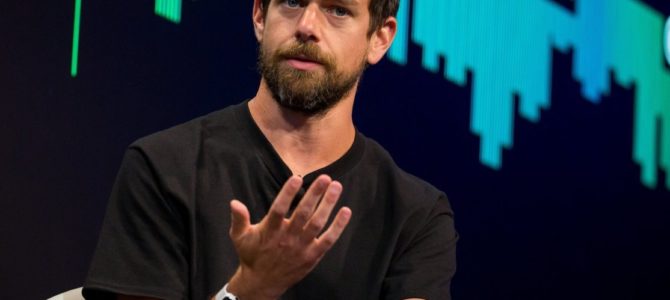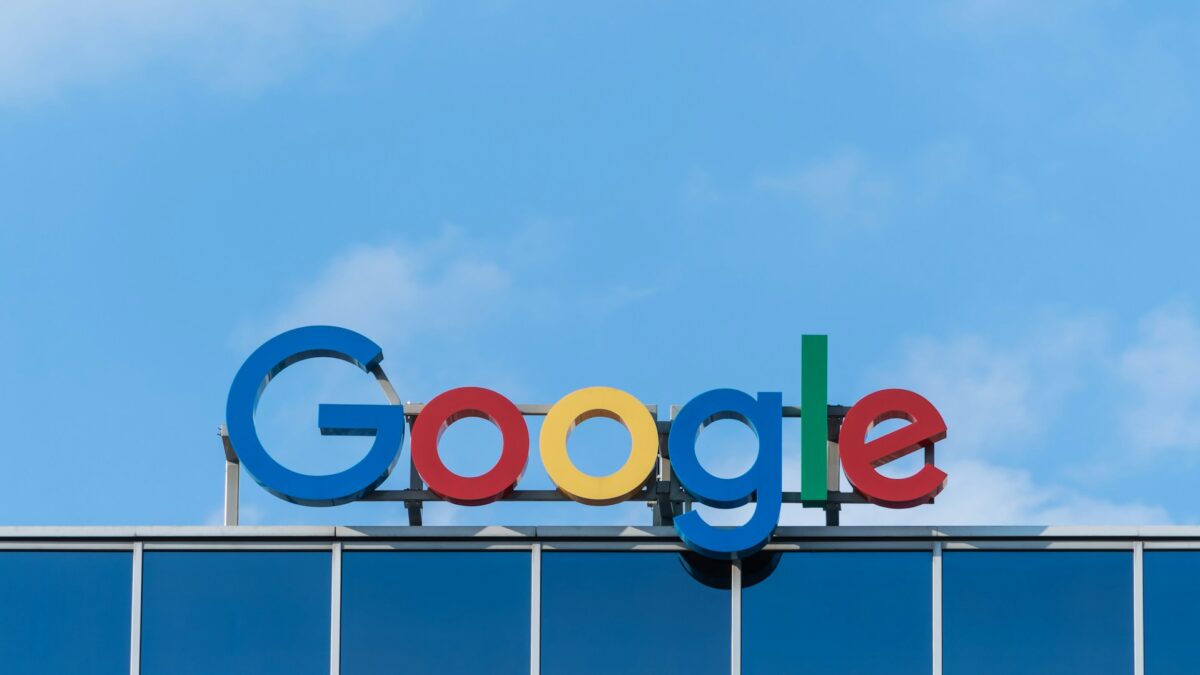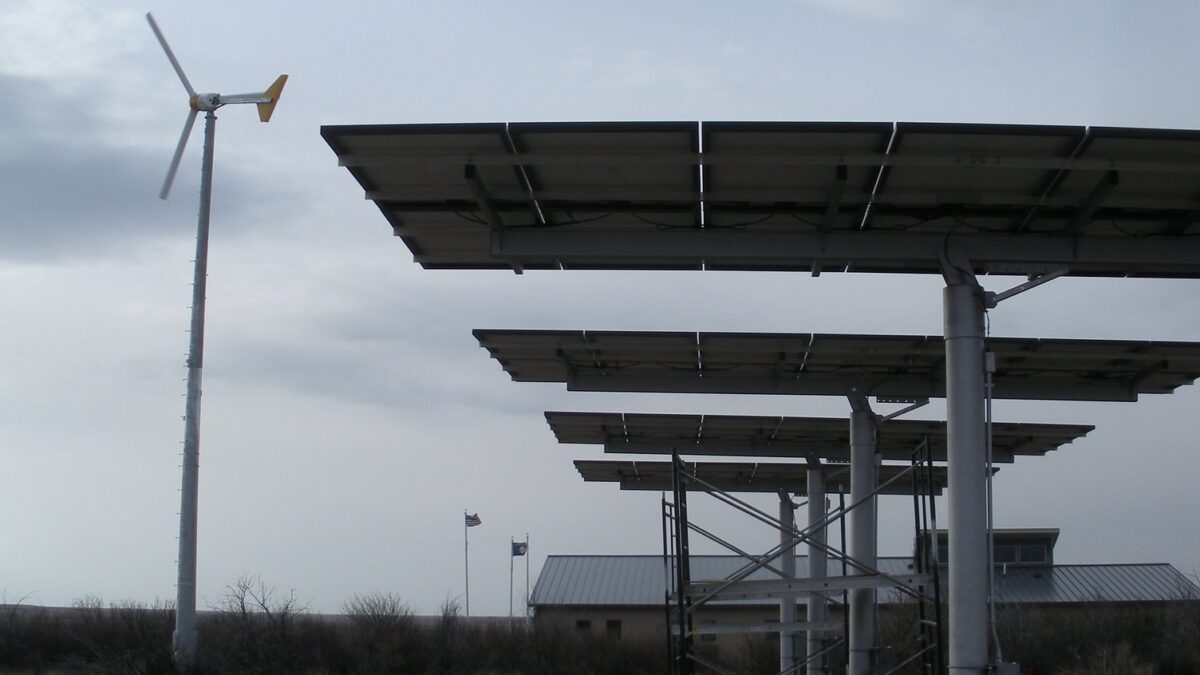
The strangest moment in yesterday’s House Energy and Commerce Committee hearing in which Twitter CEO Jack Dorsey appeared came when fringe conservative activist Laura Loomer stood up and began yelling. While Capitol police worked to remove her, Rep. Billy Long, a former auctioneer, employed his talents to loudly spit out an imaginary bidding war, drowning Loomer out. It was in many ways a microcosm of Twitter. It was a baffling and bizarre moment of conflict inside a structure — the U.S. Capitol — that wields enormous political power.
Twitter is also a structure that wields enormous political power — it has contributed to uprisings in places as far flung as Egypt and Ukraine, and likely helped propel Donald Trump to the presidency. Republicans convened yesterday’s hearing in order to investigate claims that Twitter is biased against conservatives, and making their content less visible on the platform.
Democrats mocked the hearing, and the notion that conservatives are being silenced or shadow-banned, despite the fact that Dorsey was quite clear in both written and spoken testimony that his company’s policies had in fact resulted in bias against conservatives. He claimed however that this was unintentional; the result of a faulty algorithm no longer in place and that Twitter has work to do to fix the problem. In fact, in regard to almost every issue that arose — bias, abuse, drug sales, and malicious manipulation by foreign intelligence agencies — the answer again and again was that Twitter has work to do. That’s a lot of work.
Dorsey admitted to several instances of bias against conservatives. These included the shadow-banning of Republican House members, and a dubious claim from Twitter that a post critical of Planned Parenthood’s selling of baby parts was “inflammatory,” a term Dorsey said was a mistake, among many others.
Several committee members from both sides of the aisle pressed Dorsey on Twitter’s failure to promptly remove a tweet featuring a photo of Meghan McCain grieving beside her father’s casket, with a photo shopped gun pointed at her head. Dorsey admitted “that was unacceptable,” and Twitter took “way too many hours to act.” He committed to apologizing to McCain.
Dorsey was long on apologies and regrets, but short on answers and solutions. He consistently came back to the idea that Twitter is a public square, and that it has a new focus on promoting “conversational health.” In practice this seems to mean that Twitter will seek to promote exchanges that involve a set of shared facts and a variety of perspectives, but it is not clear how such steps can solve the problem.
Frankly, most conservatives are tired of hearing that everything is the algorithm’s fault, as if human beings weren’t creating the algorithms. It’s no secret that Silicon Valley leans far to the left politically, and it is obvious that this leaning is baking bias into the rules and operation of Twitter. This problem is exacerbated by the company inching ever more towards curated content, such as their moments feature and their promotion or demotion of tweets in search results.
One potential cure would be for Twitter to go back towards a system where tweets of users one follows appear purely chronologically and banning occurs only in regard to a few, clear violations of terms of service. But Dorsey gave no indication that this was an option. Not long into the hearing, he appeared spooked and nervous by the barrage of complaints.
In fact we know he was, because later in the day he posted a tweet with an image of his heart rate, which during a far less contentious Senate hearing in the morning was low and steady, but spiked during his House testimony.
Heart rate during a Senate and House hearing pic.twitter.com/LipSHa3xIi
— jack⚡️ (@jack) September 5, 2018
That high heart rate had everything to with the fact that Dorsey obviously knew the complaints were valid, admitted so again and again, but could not satisfy the committee that he had the slightest idea what to do about them.
What was clarified by the hearing was that 12 years ago Jack Dorsey helped to create a monster that he cannot now control. As Twitter hits its virtual puberty, its digital hormones are raging and its creators are losing the ability to tell it what to do. In fact, in regard to automated bots, even though the company identifies and challenges 8-10 million bots a week, in many if not most cases, it cannot identify what accounts are or aren’t bots, or even where they are located.
The underlying tension within the hearing, which bubbled to the surface only a handful of times, was that if Twitter can’t fix itself, the government may have to, a prospect neither side seemed to particularly cherish.
This week Dorsey became the public face of Twitter in a new and more prominent way. One gets the sense this will not be the last time he appears before Congress or is forced to answer for the actions of his company. He better work on solutions fast, because Congress and the American people are running out of patience.









